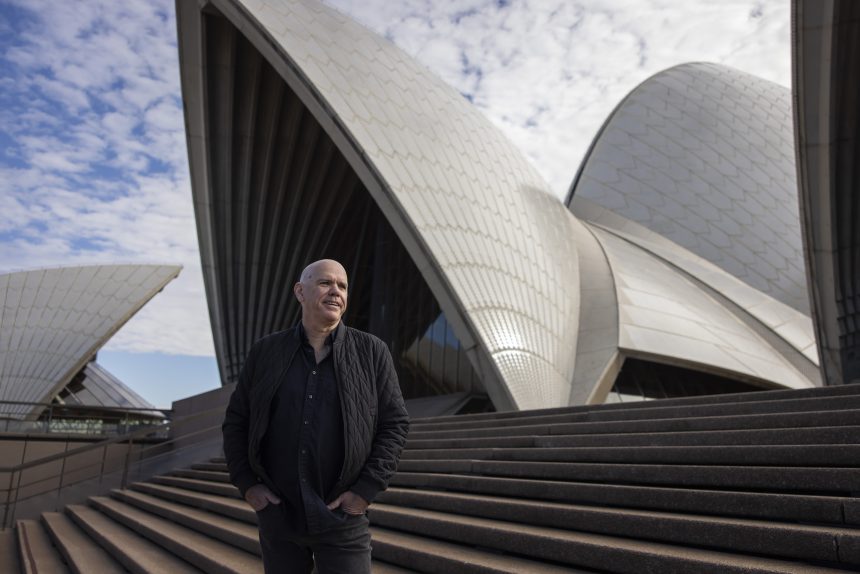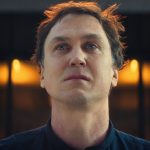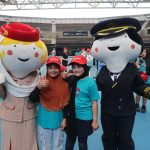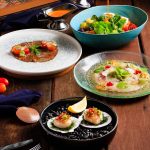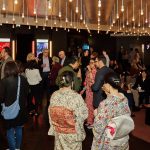Michael Hutchings, of Arrernte heritage from Central Australia, was appointed to the role of Head of First Nations Programming at the Sydney Opera House today in 2023.
Hutchings joined the Opera House from the Australia Council for the Arts where, as the First Nations Project Manager, he led and developed projects addressing the needs of the sector across artforms.
Throughout his career, Hutchings has worked to develop and platform Aboriginal and Torres Strait Islander artists across the country. From growing and supporting First Nations membership at APRA AMCOS, to establishing the Gadigal Music record label, and leading MusicNSW’s Whichway Program for musicians.
He has also held a range of curatorial and creative conception roles across the performing arts industry, including Surry Hills Festival, productions at Sydney Festival, Peats Ridge Festival and the Powerhouse Museum.
Irresistible sat down with him to find out how much he is loving his dream job, and to persuade him to give us his 2025 playlist.
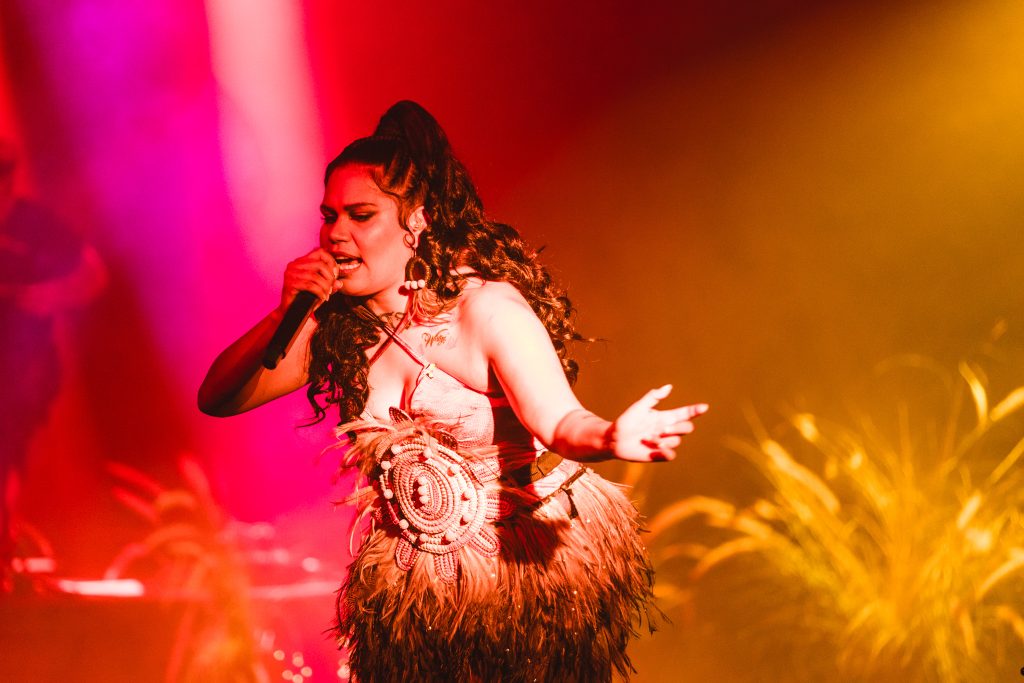
So you’re a couple of years into the role now. How much are you loving it and how is it going?
Michael Hutchings: It’s going great! This is for me a pinnacle job after all my years in the First Nations art world, from grants management through to record labels, radio, APRA AMCOS, all kinds of different things. My jobs in the past have been very much about helping artists get funding and put shows together. Now I am at the other end of the tunnel! It’s really nice to be able to work with all these artists and companies whom I already know, and get them on the stage. It’s very rewarding for me. I know how much hard work it is to put a show on, the logistics, finance, everything, before you even get to the art.
We’re just about to jump into a whole lot of new creative programming, and I’m privileged to be very much at the forefront of it. I love the way that that within the parameters I have to work with, I’m very much the creative force. It’s excellent.
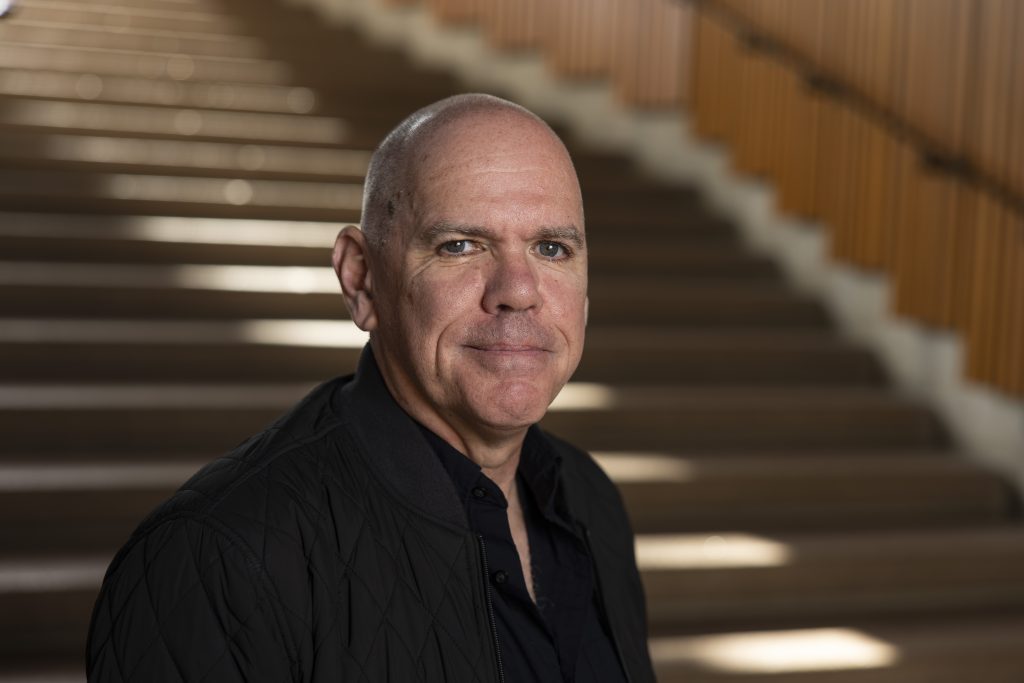
Generations and Dynasties is just starting- that seems like a good lens to start looking at your programming through.
Yes, this is really what my programming is all about; generational exchange. From traditional through to contemporary works, it’s about finding that line between generations, and also from Country to Country, especially remote and regional. These companies are really rooted in First Nations culture that goes back thousands of years, but they interpret it in not just traditional, but also contemporary ways. The Lawrie family are a great example of that. Bunna Lawrie has been a trailblazer in the music world, and not just the First Nations music world. All his four children are incredibly talented, and so to have them all together in one room, which they rarely ever are, and to have that intimate conversation interspersed with song- it will be like being around the fireside- but its the Opera House.

And you’re helping bring some Pacifica First Nations poetry to the Opera house ?
Yes UPU is actually my first international piece of programming at the Opera House. It’s a theatre group from Aotearoa, but they comprise many Pacifica nations. The idea was to bring these poems out of the library and put them on the stage with actors – to make them really dynamic. They’ve already been really successful putting it on in Aotearoa, Canada and Mexico. The poems are from different Pacifica nations where climate change is happening now. This kind of art is so ahead of politics, so it’s very exciting and it’s nearly sold out!
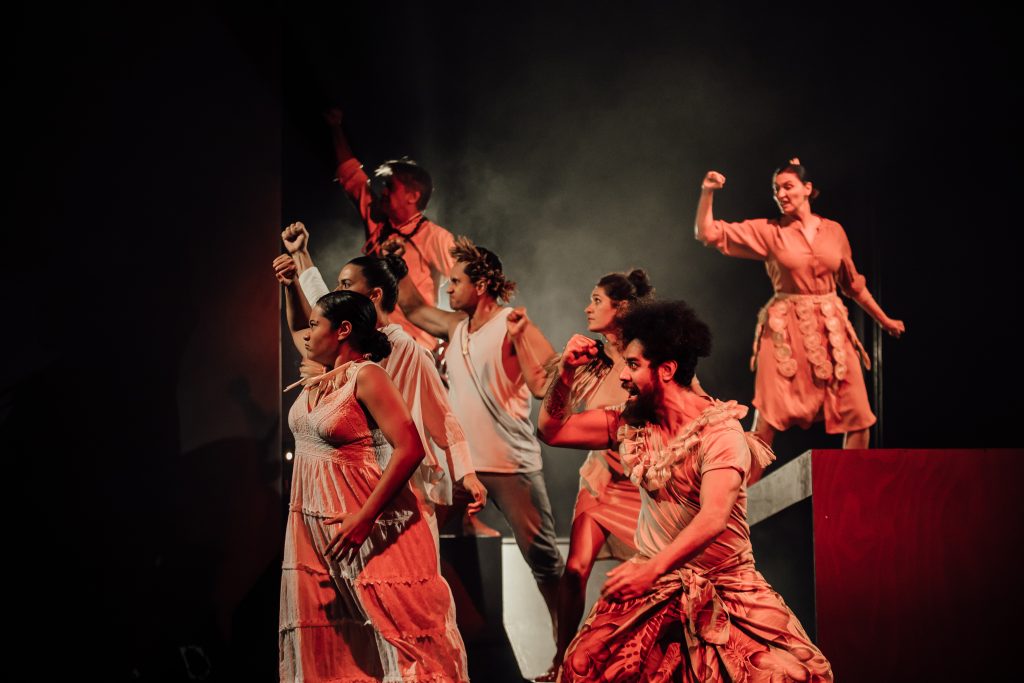
Any other highlights coming up?
The VIVID program is a lot of fun. I’ve known Nooky from 3% for a long time, and Emily Wurramara has just sold out. Miss Kaninna is a powerhouse. And then we’ve got the upcoming Velvet Trip – they are Sydney based which is nice. What’s good about my program is I get to work with the other teams in the Opera House, because of course, First Nations is not a genre, it’s a people. There’s the music team and the talks team, children and families team- I get to work with them all! I work closely with Ben Marshall on VIVID.
Working with regional and remote communities means something we put on might be the only chance a Sydney audience gets to see that performance, which makes it really special. We have a lot of help from our philanthropists and donors, really directly from individuals who want to help and work in areas other than some of the more traditional ones at the Opera House. Even so, there’s a great deal of logistics and expense to bringing members of communities to Sydney, and they have responsibilities that if can be difficult to leave behind even for a few days. So yes, each show becomes very special- a lot of highlights!
You’ve been kind enough to give us an Irresistible playlist!
Yes, these are all First Nations artists that have already played or been booked for Sydney Opera House for 2025, or they’re coming soon!

Music on Tubowgule is something new in the program?
There’s a really big movement in First Nations music towards compositional and classical works. So we’re bringing in Eric Avery, who is just amazing. I first saw him outside the Broadway shopping centre in Sydney. He was busking and I stopped and thought,’This isn’t a normal busker!’ Now he’s a big hit in the classical world.
Ensemble Offspring has always been very supportive of First Nations artists, and they’ll be collaborating with the Northern Territory’s Arafura Music Collective on Stories of Water and Earth. Having Nardi Simpson and Melanie Mununggurr work together is going to be terrific.
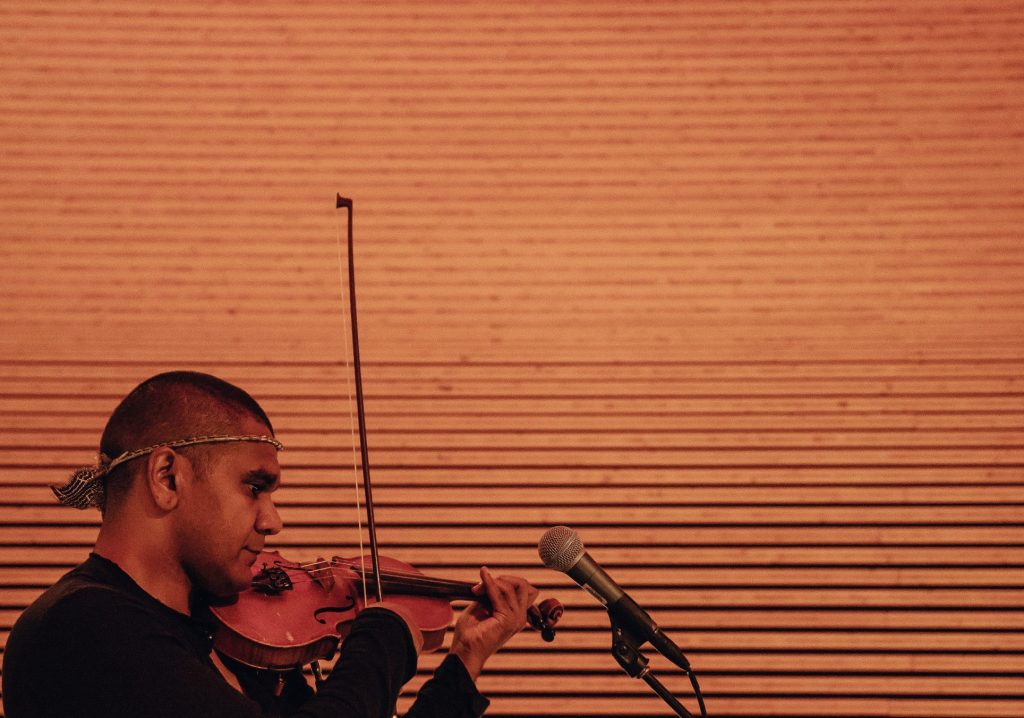
What does it feel like to work at Sydney Opera House? There is always so much going on there, and yet the team always seem to make it seem smooth?
You know, it’s a busiest theatre in the world- literally. Between the seven theatres, our own programs and the resident companies, it’s huge. Even I can struggle sometimes to know everything that is going on. It is really its own precinct, like it’s own mini city.
Louise Herron is not your average CEO. She’s more like the head of the family, which is which is really nice. She has a very generous personality, and at the same time she can drive everything forward. Part of the Sydney Opera House’s remit is to build up and support small, independent and medium sized artists and companies and external parties, and they are really committed to that so there’s always something new and fresh.
How far in advance do you have to program?
I program up to 18 months in advance. Sometimes I’ll grab a theatre spot first and find something to go into it later. I’m already working on next year’s VIVID!

The Sydney Opera House sits opposite the Museum of Contemporary Art and other small businesses dotted around Circular Quay and The Rocks offering First Nations experiences. How do you see it all sitting together?
I think we’re in this unique position that we can work across all art forms, so we can complement what’s going on at the MCA for example. We’ve been incorporating First Nations visual arts with Badu Gili and the Lighting of the Sails for example. Then you have independent Aboriginal companies like Tribal Warrior offering authentic cultural tours and cruises out on the harbour. It’s all part of the same journey when you’re talking about a culture that goes back thousands and thousands of years. People can actually have authentic experiences with groups like that, or they can get something traditional or cutting edge at the Opera House.
By presenting an artist at the Opera House, there must be such an opportunity to bring First Nations culture to people from all over the world that might not otherwise come across it so much?
Generations and Dynasties is a good example of that as you can see it on SBS on-demand. So that opens up a new audience. Of course a lot of people are buying tickets to shows because they already want to see a particular artist, but even then there’s other people that end up coming with someone, or they’re visiting from out of town, and they end up having an experience and passing on the message. If the work is challenging and entertaining people will come for it. In the contemporary music space, a lot of people are coming because they’re fans of hip hop or they’re fans of folk or whatever.
So they will take in the larger culture by osmosis.
Velvet Trip are a big psychedelic band and they’re two Aboriginal men. It’s all about sharing our culture, and that brings people together and changes more hearts and minds than anything.
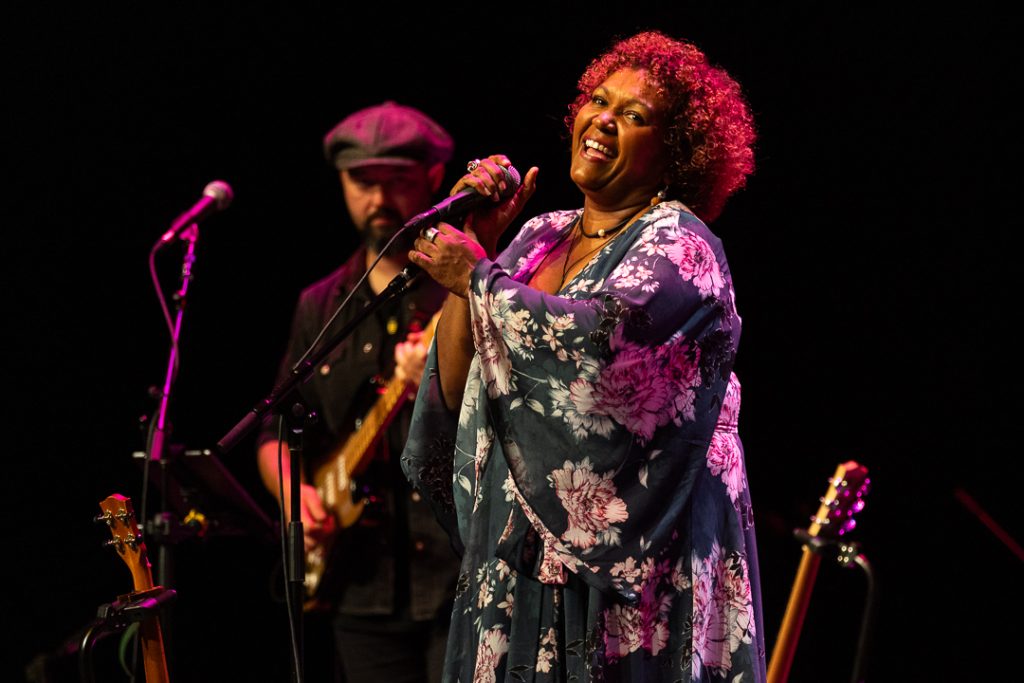
Does that sit alongside the Opera House’s ambition to be Everyone’s House?
I think we have that with DanceRites; people, tourists, everyone, just wander up to find out what’s going on. Dan Sultan created a lot of buzz as well on the forecourt, he generated a lot of interest.
From those kinds of activities, people will come into paid shows and actual theatres later on. The Sydney Opera House probably does still sound elitist to some people, there may always be some cultural barrier somewhere, but for 20 years now people have been working really hard to say, ‘We do other stuff here!’ I think a lot of barriers have been broken down and all kinds of people feel comfortable to come to the Opera House. Much more so than in the past.
Do you see yourself doing the job for a long time?
Oh yes. It’s not one of those short term contract jobs you might get at other institutions. You just keep going, you’re totally sucked in! It’s great because you can really build up over the years. My own programming is just picking up, and it’s been built on good foundations. Aunty Rhoda Roberts started all of it, and she’s big shoes to fill. I know her well and she’s given me her blessing which is good! She’s well loved at the Opera House and she created what I have now, under much more challenging circumstances.
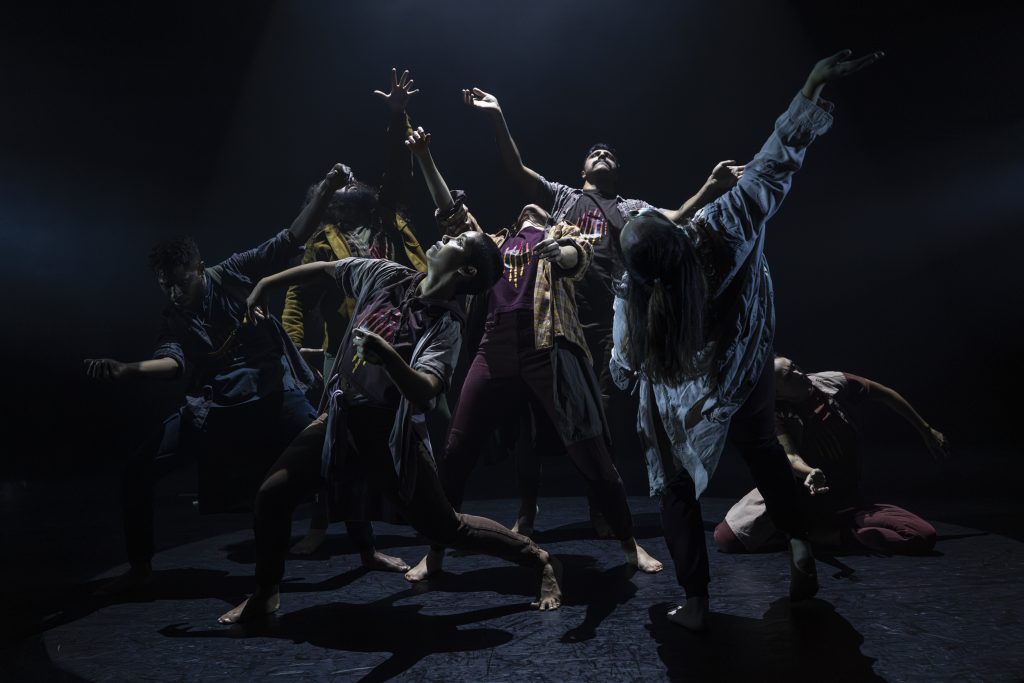
What would you say have been the most useful jobs you did along the way?
I was at Australia Council as the First Nations Grants manager before I was here. That was really important work, and before that I was at APRA AMCOS which is the royalty collection agency for artists, and I worked with a lot of First Nations musicians there.
I also ran a record label for a while called Gadigal, which partnered with ABC music. Going back even further I was a photographer for many years! I’ve been working with creative First Nations Australian people for 30 years so I know a good percentage of the people I now work with, or I know somebody in the company, or somebody that used to run the company. It’s like that across all the art forms. It’s really a privilege, and I think that’s what I’ve also been building up all these years- those relationships.
Then I get to meet new people like the Pacifica mob through UPU which is a thrill. These are lifelong friendships for me as well. There’s an intensity in those relationships too, because you work together and come back to each other for different projects over the years.
I’ve known Jess Beck, the First Nations producer here, for a long time, and it was her who first told me this job was coming up. I really feel that all my roads have led me here. This is my absolute peak!
Did you have any mentors that helped you along the way?
Rob Scott was an independent music publisher who was good mentor to me. Brad Cook ran the Gadigal Information Service and I think we mentored each other. I’ve found the most helpful thing for me has been that co-mentoring, peer to peer. Wesley Enoch has been a bit of a mentor of mine, even though I’m a bit older than him, but he’s an old soul! He’s definitely been one of my champions and you couldn’t get a better one.
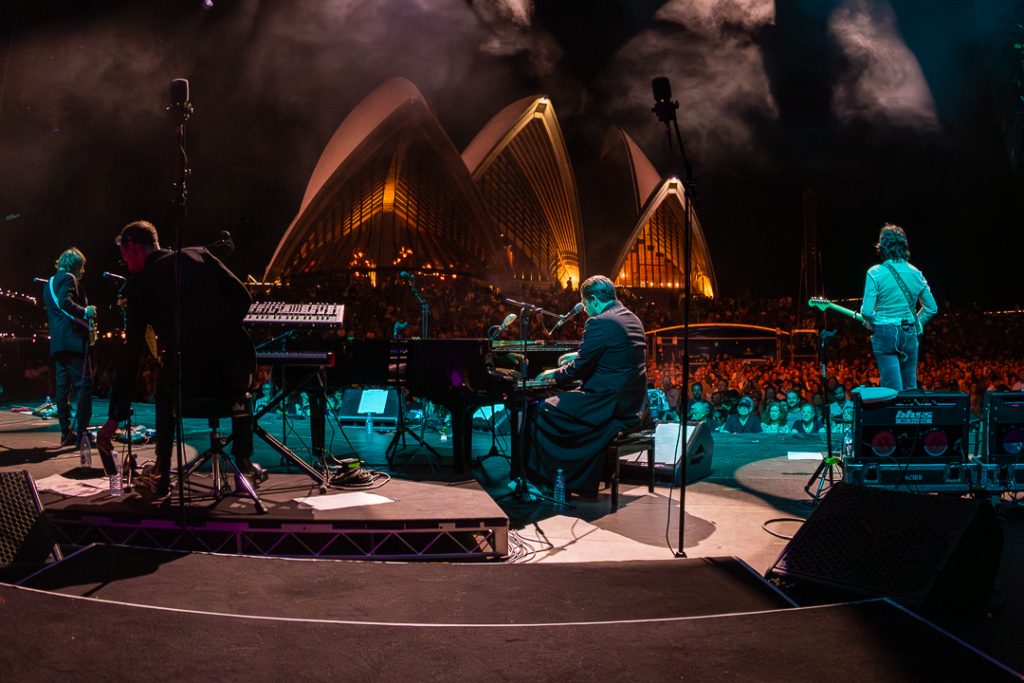
Irresistible covers a lot of film. Will the First Nations program incorporate any film in the future?
I used to actually work on film stills for Rachel Perkins. She gave me some of my first work when I moved to Sydney. Her father and my mother grew up together, so we have that family connection. We have an amazing screen team at the Opera House and yes, I hope that we’ll be able to do something together in the future.
Who for you is the one to watch?
The first person I wanted a book for VIVID was Miss Kaninna. She’s political with Blak power and sexual power, everything. She raps and is a brilliant singer. She takes no prisoners and she’s funny too. She’ll be headlining for us. She’s got the talent and the drive to go all the way. She confronts but she’s also entertaining. She takes people on a journey whether they like it or not, and people get swept away in that. She’s great.
What’s your perfect visual memory from your time so far?
It was seeing Dan Sultan, one of Australia’s most experienced artists, actually outdoing himself. He was on stage with Jem Cassar- Daley, on the forecourt with the big stage and the lights, in front of 3500 people, it was so magnificent. By the end Dan himself was almost in tears. He had his whole family up at that show. It was pretty special. I told him afterwards, “I could finish tonight and I would be happy.”
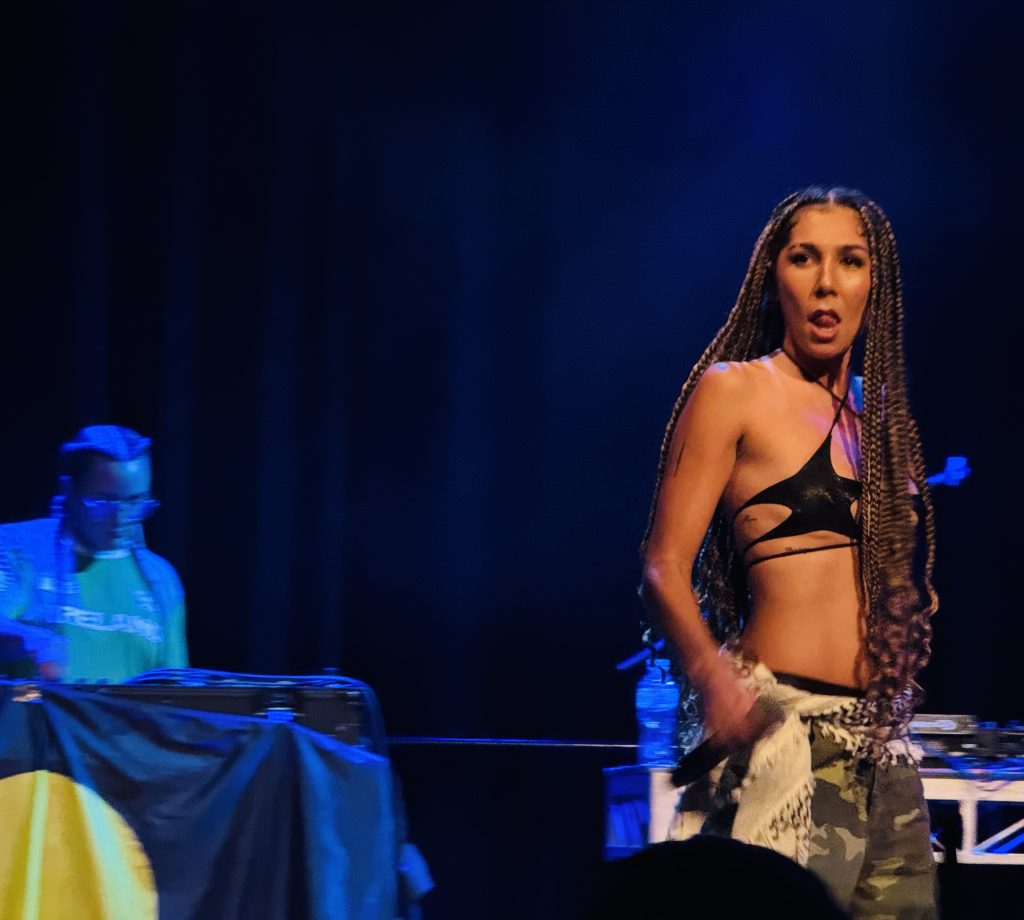
Where do you love to go to find new talent and voices?
I do have three shows coming from Darwin Festival, including Stories of Water and Earth. I can never get to Yirramboi festival as it’s the same time as VIVID, but I always look at their programming. I find the big festivals are good because they’re able to be a bit more experimental and take some risks, especially with theatre and dance.
When it comes to music, I still like going to gigs to check out new talent. Going to see a young band in a little venue is great. Not enough people in the industry do that kind of thing, theses artists have got to start somewhere. Don’t wait to see them in bigger venues, have a sniff around. In Sydney, I might find myself in the Botany View Hotel or The Landsdowne, or a small theatre company. The Sydney scene is getting better all the time- it’s a lot better than it was even five years ago!
What advice would you give to someone trying to break into your kind of work?
I think it’s very much about grass-roots. Find some artists you can work with and build those relationships that will last for years.
Whether it’s in music, theatre, dance, or film, you can grow together. If you get a chance to do any kind of internship with the Opera House or a theatre or anything like that, just take it. It’s hard in Sydney, it’s expensive, I know. We have a young First Nations man now who’s joined us as an intern. He’s working two jobs to do this and he’s amazing. He’s about 20, and the energy and inquisitiveness of young people feeds back to the whole team. I finding it really exciting.
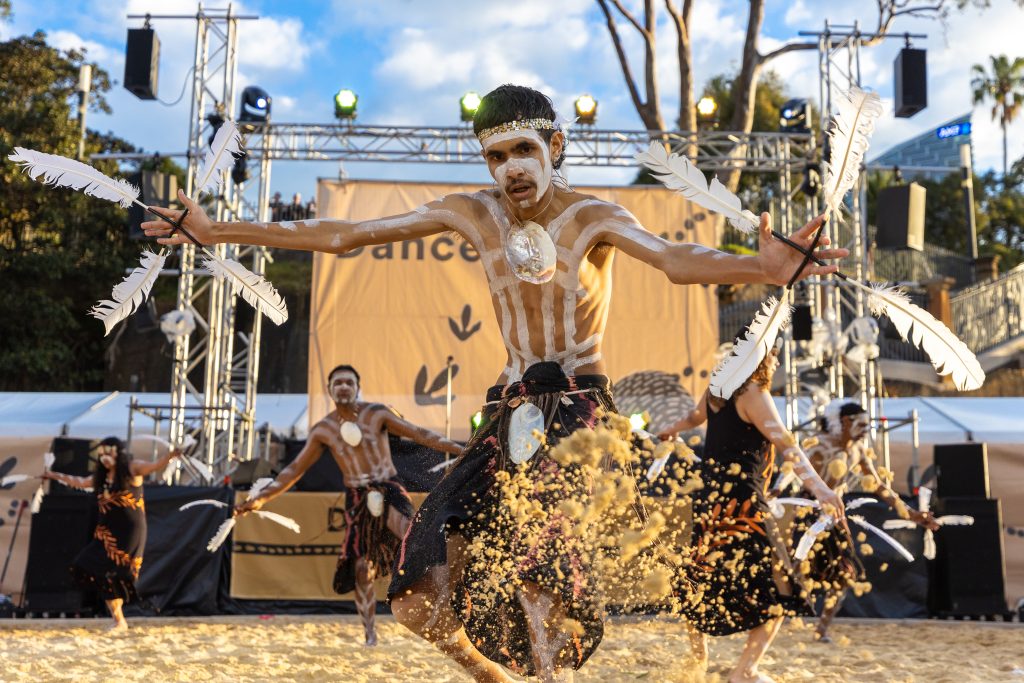
The Opera House’s First Nations program was launched in 2012 and led by Widjabul, Bundjalung trailblazing artistic director Rhoda Roberts AO, and from 2021 by Quandamooka, Mununjali curator, producer and performer Beau James.





